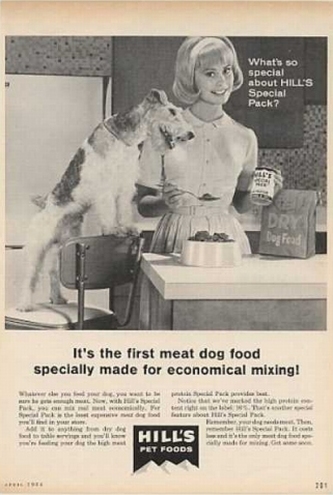"I think most of us--at least those who don't own the high-profile breeds--initially nodded and thought, "Good move--let's make them stop breeding those snuffling bug-eyed droopy-faced caricatures--for the good of the dogs!" Yet all it takes is a look at one's own breed to wonder what's next. Looking at the next group of watched-breeds, I see Borzoi with "too much rear angulation" and I wonder what dreaded discomfort that will cause; I see Sloughis with "underweight" and wonder who determines how thin or fat a running sighthound must be. Then I think ahead of giant breeds, with decreased longevity, and realize that a size and weight limit may be next; toy breeds, with their propensity to patellar luxation, and off they go; deep-chested breeds; we'd better get rid of them because they're predisposed to bloat---short-legged dogs, either because of back problems or because they simply can't enjoy running as fast as other dogs---and on and on until we're back to wolves or pariah dogs. Right now the exams were rightfully only on the basis of current (or past--and I'm not sure I agree with that) evidence of disease/discomfort, but how long before it advances to predispositions to disease/discomfort? Then why stop there--let's move beyond physical features to breed-related hereditary problems such as heart problems because Dobes or Cavs or whatevers are predisposed to DCM or MVD and there's no DNA test for them...
"I agree, no dog should be purposefully bred to live a painful or struggling life, but I am not sure that actions such as the Crufts one are not throwing out the puppy with the bathwater in an effort that seemed to be a good PR move, but ultimately I believe will prove to be just the opposite."
It didn't get much attention, although a couple of members did respond. One reads this blog, so I'll let him have a go at responding via the comments (be sure to read what Rod says). Another focused on the fact that Borzois with too much bend of stifle have an overly steep pelvis and are not efficient gallopers. That may be true, but at that point aren't we getting back into judging function, not health?
Unrelated to my post, one of the members opined that in the scheme of things, if a dog needed to have its eyes tacked because of entropion, it wasn't the worst thing in the world, especially compared to serious disorders such as bloat. And he has a point; I'm surely not one who would purposefully advocate breeding dogs that needed eye tacking, but in the grand scheme of animal cruelty--with all the horrors we see even inflicted upon dogs, not to mention other animals--really? A couple of stitches under anesthesia? Why, nect thing you're going to be saying is dogs should never be spayed or neutered...oh wait. Animal rights activits tell us that is painless and justified and in fact, should be required. So if females need surgery to remove their reproductive organs, and males do too, does that mean neither sex should ever pass a vet check? Or if they fail, they shouldn't be spayed or neutered? I'm getting confused...it's late...
But anyway, given my Westminster Whine post, I figured some of you would be surprised.



 RSS Feed
RSS Feed
